Shortly after Frank Sinatra Jr.’s death in 2016, Seth MacFarlane acquired Frank Sinatra’s music archive and was entrusted with helping his estate preserve some of the original arrangements, many of which were never recorded. Flipping through the backlog of lost Sinatra songs was a gift to longtime fan Macfarlane, who even featured Jr. on his animated series Family Guy three times. He’d discovered songs he’d never heard before, with full arrangements by composers and regular Sinatra collaborators Billy May, Don Costa, and Nelson Riddle.
Working alongside longtime producer, Joel McNeely—who produced MacFarlane’s previous eight albums and scored episodes of his animated series American Dad!—they began reviving 12 songs never recorded by Sinatra on Lush Life — The Lost Frank Sinatra Arrangements.
To get the music right, they enlisted British conductor John Wilson, who also worked with MacFarlane on several BBC Proms performances from 2009 through 2015.
Recorded at Skywalker Sound Studios and backed by a 70-piece orchestra from London and Los Angeles assembled by and conducted by Wilson, the original arrangements, some dating back nearly 70 years—and many written for Sinatra’s 1958 albums Come Fly With Me and Frank Sinatra Sings for Only the Lonely—were meticulously brought to life.
Within the trove of Sinatra songs were songs previously frozen in time. Lush Life opens on one of Riddle’s arrangements, “Give Me the Simple Life,” with music originally by Rube Bloom and lyrics by Harry Ruby. Other songs in the Sinatra capsule are the title track, “Who’s In Your Arms Tonight?” “A Wonderful Day Like Today,” and “When Joanna Loved Me.” MacFarlane also took the liberty of writing and adjusting the lyrics for “Hurry Home” and “Give Me the Simple Life.”
“I adjusted and rewrote these only because I am 1,000 percent sure that they were the reason that Sinatra didn’t record those songs,” says Macfarlane. “There were a couple of lyrics that were too quaint, even for 1910. Sinatra probably rolled his eyes at this and said, ‘No, this is not for me.’ I tried to do as little as possible, but like with everything else on this album, I tried to imagine what it was that would have led him to record these charts, and why he didn’t, and adjust as needed.”
Videos by American Songwriter
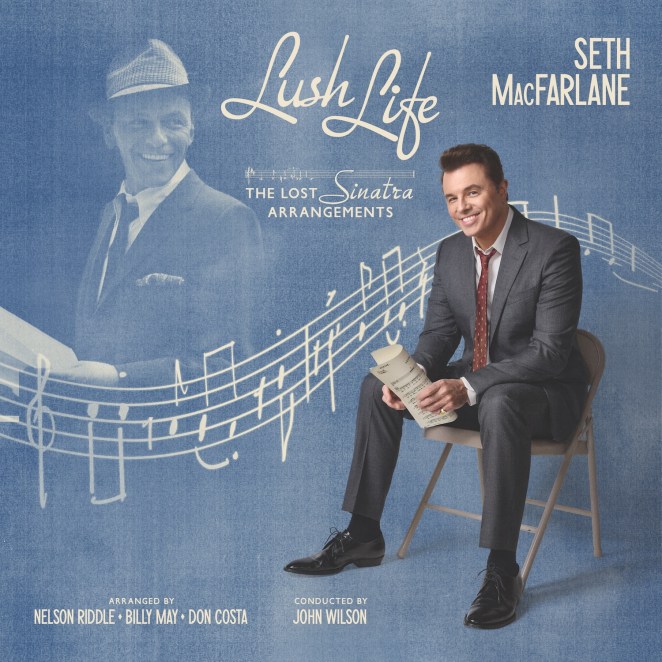
Another track, “Arrivederci, Roma,” a popular Italian song from 1957 originally written by Pietro Garinei and Sandro Giovannini, was never recorded by Sinatra but made popular by Mario Lanza and covered by Dean Martin, Vic Damone, and more, was also given some English translation by MacFarlane.
“I never heard Sinatra sing in Italian,” says MacFarlane. “Maybe he did, but I had never heard it, and so it begged for an English translation. The refrain of the song had an English translation that had been sung by Nat King Cole and maybe Vic Damone, but the verse had no translation. Then, I had to write a lyric that put it in a singable structure and had some elegance to it.”
Since releasing his 2011 debut Music Is Better Than Words, MacFarlane has mostly covered songs from the Great American Songbook written by Carol Bayer Sage, Irving Berlin, Peggy Lee, and Cole Porter, and also wrote some of his originals, including “She’s Wonderful Too” and “Unless I Do It All With You” from his 2022 album Blue Skies.
“Thanks to’ Family Guy’ and ‘Ted’ and film projects that I’ve worked on, I’ve done enough lyric writing over the years that I’m glad this fell in my lap now, because I felt I could handle it and do it justice and and make sure it blended well with the rest of the song,” shares MacFarlane. “And it didn’t feel like it was a 2025 lyric that was jammed into a song that everyone knew and loved.”
Transitioning from the digital and preserving the classic sound of an orchestra was the other half of Lush Life for MacFarlane, who hasperformed with the National Symphony Orchestra, and Boston Symphony Orchestra, and continues to use a 35 to 40-piece orchestra for each episode of Family Guy and also used a 95-piece ensemble for the sci-fi series The Orville.
That’s where Wilson came in, piecing together each arrangement from its original form. “I knew the albums they were meant to belong to,” says Wilson, “so stylistically, I was quite certain of how things should go.”
The next phase was breaking down each piece with a 70-piece orchestra. “We took about as much care as you can take to replicate the lineup and the kind of sound that they would have had in the studio, not only in terms of the exact instrumentation, but in the number of players,” adds Wilson. “It was also getting the type of player. The 1940s and ’50s are quite a long time ago now, so people who know how to play in that way are almost specialists. So we had to make sure that those specialists, those stylists, were in the orchestra.”
Everything was broken down from woodwind doublings to the tempo of each arrangement, including “Flying Down to Rio,” which was played at five different speeds, says Wilson, before choosing the one.
Something else they kept in mind was that Sinatra would often decide the tempo of the arrangements, which he did on his 1961 Sinatra’s Swingin’ Session!!! album, capturing Riddle’s more uptempo numbers and the essence of a jazz and swing set.
With each piece, Wilson also stayed faithful to the original arrangements. “I never felt I had to inject anything of myself into these things, or put something new into it because they were already perfect,” says Wilson. “If a piece of music is perfect, not spoiling it is your aim. The composer and the arranger have sweated to get this perfect thing, so our final goal as interpreters is always going to be so far out of reach that we’ve just got to keep aiming for that.”
Wilson adds, “I hope in 100 years these bold playing styles will be a part of everybody’s language. Great music will always survive.” McNeely interjects, “And keeping the tradition alive of how it was played is equally important. I feel like our biggest contribution was getting John Wilson.”
It was also McNeely’s job to make sure the sequencing of the songs was commensurate with a classic Sinatra recording. “Albums as a work are kind of a lost thing,” says McNeely. “People stream individual songs now, and [gone are] the days of getting a record and putting it on and listening to it front to back. That’s my experience of listening to a work that has form and shape as a whole, where the songs are chapters to the complete work.”

On Lush Life, McNeely said he also looked at relationships between the narratives, the keys, and tempos when sequencing. “Sometimes there’s a little hook going from the lyric of one song to the next,” he adds. “I think, ‘If I were going to a concert and I wanted to hear this thing front to back, what would the order be? Then, I do a dozen different drafts.”
Preservation of the songs was another important aspect of getting these lost Sinatra songs out. McNeely remembers finding the handwritten score for Sinatra’s 1955 release, In the Wee Small Hours, folded in half inside a manila envelope inside a cabinet at a small library in North Hollywood. Unopened for decades, the paper was brittle, and the scotch tape along the edges of the document had started to deteriorate so that when a page was turned, some stuck or tore the paper.
“This should have been in the Library of Congress,” says McNeely. “This is the original pencil [manuscript] of ‘In the Wee Small Hours,’ and it’s just sitting in a file cabinet.”
Though filed away, the Sinatra compositions didn’t meet the fate of the original hand-written manuscript for “Somewhere Over the Rainbow” and other historical pieces of music destroyed in 1969 when the head of MGM, James T. Aubrey, ordered the destruction of the studio library. Original composition notes, scores, and instrumental parts were disintegrated, and the majority were used as landfill for a Los Angeles golf course.
“Without Seth, God knows what would have happened to this music,” says Wilson. “These are important, unique documents. We are more conservation-minded nowadays than we were back then, but having this collection preserved was important. It’s priceless work.”
Together, all three started with preserving 18 tracks, and have more to explore for at least two more Sinatra releases, which won’t feature anything too familiar.
“I’ve gone out of my way since we’ve been doing these records to actually avoid songs that he made popular, just because you’re not going to do them any better than he did,” says MacFarlane. “When we started rooting through these recordings, the songs that we found were clearly worthy of recording for a record of this type. There are songs I think are better than others, but at this point, anything is like water in the desert. It’s this age of songwriting that’s just unmatched.”
MacFarlane continues, “Nobody’s going to write ‘Somewhere Over the Rainbow’ in 2025. It’s just impossible, and I think that’s because these people were surrounded by other people who were doing the same thing, and they were all trying to one-up each other—it was in the air. And in many ways, we’re picking up the scraps of that era with what we’ve found.”
From July 3 through 5, MacFarlane will sing Lush Life live at the Voltaire at the Venetian Resort in Las Vegas, backed by a 29-piece orchestra conducted by McNeely. Keeping to the original sound captured on the Sinatra at the Sands days with a “big band and small strings” is how they’ll recreate the Lush Life shows in Vegas, before doing it again on February 17, 2026, at the Walt Disney Concert Hall in Los Angeles.
Like an oracle of Sinatra’s music, MacFarlane says Lush Life track “How Did She Look?” sounds as good as anything off the 1958 album Frank Sinatra Sings for Only the Lonely and adds, “It’s a shame Sinatra decided not to sing it.”
And like MacFarlane, each member of the project remembers exactly when and how they discovered Sinatra. For McNeely, it was listening to his 1956 album Songs for Swingin’ Lovers! as a kid. When he was 10, his father took him to see Sinatra play at Caesar’s Palace in Las Vegas, an experience he called “mind-blowing.” Then, in college, McNeely had the opportunity to play with Sinatra as a sub in Buddy Rich’s band.
“I got to play behind him for one night,” remembers McNeely. “I remember he was in the wings before the show, and he shook everybody’s hand before we walked out on stage and called everybody by name. He had gone to the trouble of learning my name and said something like, ‘Hey, nice to see you, Joel.’”
Songs for Swingin’ Lovers was also Wilson’s introduction to Sinatra at 11, growing up in Northeast England, when his drum teacher played the album while talking him through each track, instrumentally. “It was a bit too jazzy for me at the time,” admits Wilson, “and then he lit some sort of spark, and by the time I was in my late teens, I’d heard everything Sinatra had recorded. Then, I went all the way to London to see him live.”

A big fan of scores as a kid, consuming everything by Jerry Goldsmith, John Williams, James Horner, and Elmer Bernstein, MacFarlane found his way to Sinatra, inadvertently, through film.
“I just couldn’t fathom how this sound was being generated,” he said. “Sometimes with a pop song, you can pick out the ingredients of the soup pretty clearly, but when I would listen to a Williams score, I heard this gorgeous sound, this incredible music, and I didn’t know how he was doing it. It was magical, and I remember sensing that this was some kind of superhuman talent.”
By college, MacFarlane eventually picked up the Sinatra Gold CD for $3 and heard arrangements he’d never been exposed to before, including “Three Coins In The Fountain.” “What I was hearing was very much akin to the film scores that I loved,” he says. “He [Sinatra] was being backed up by these arrangements, and even pulling out the vocal was a work of art in and of itself. There was something special happening there, and I thought, ‘How inspiring would it be to sing something like this, to be buoyed by this kind of a chart?’”
That marriage with the music is something MacFarlane says made the vocals better and was a tool that Nat King Cole, often backed by an orchestra, also understood. “What I was hearing in these arrangements, particularly the ballads, was what I had heard from Williams and Goldsmith and these film composers that I loved. There’s a reason that he’s in a class by himself.”
Sinatra is a subject MacFarlane never tires of, and Lush Life is the beginning of introducing a new chapter of music from his unheard songbook. “Frank Sinatra perfected, almost invented the album, especially the concept album,” MacFarlane continues. “‘In the Wee Small Hours’ (1951) was the very first concept album, and I’m sure there are Beatles fans who would contest that, but it was the first of its kind.”
And Wilson concurs. “If I had to put my finger on the greatest album ever recorded, I think I might say ‘In the Wee Small Hours.’ It’s a flawless masterpiece.”
He adds, “Sinatra changed the way we thought about music. It’s that fundamental.”
Photos: Pamela Littky
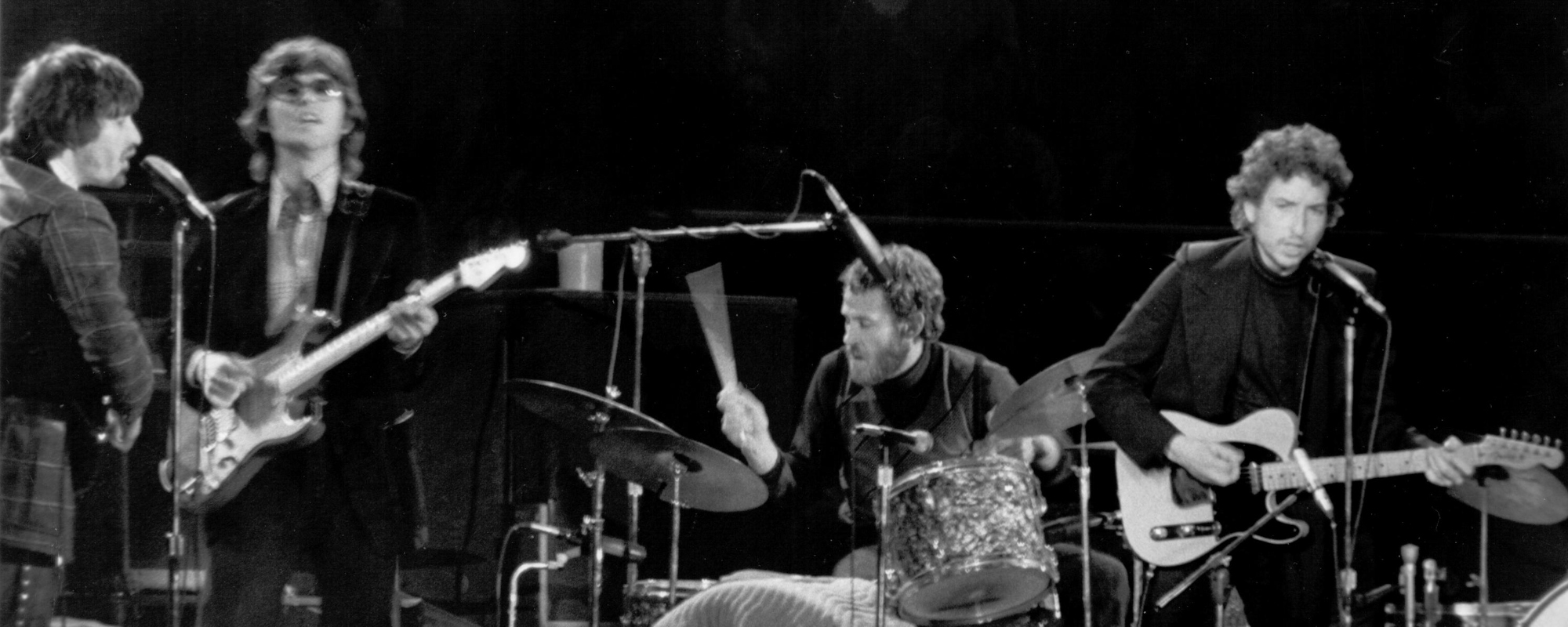








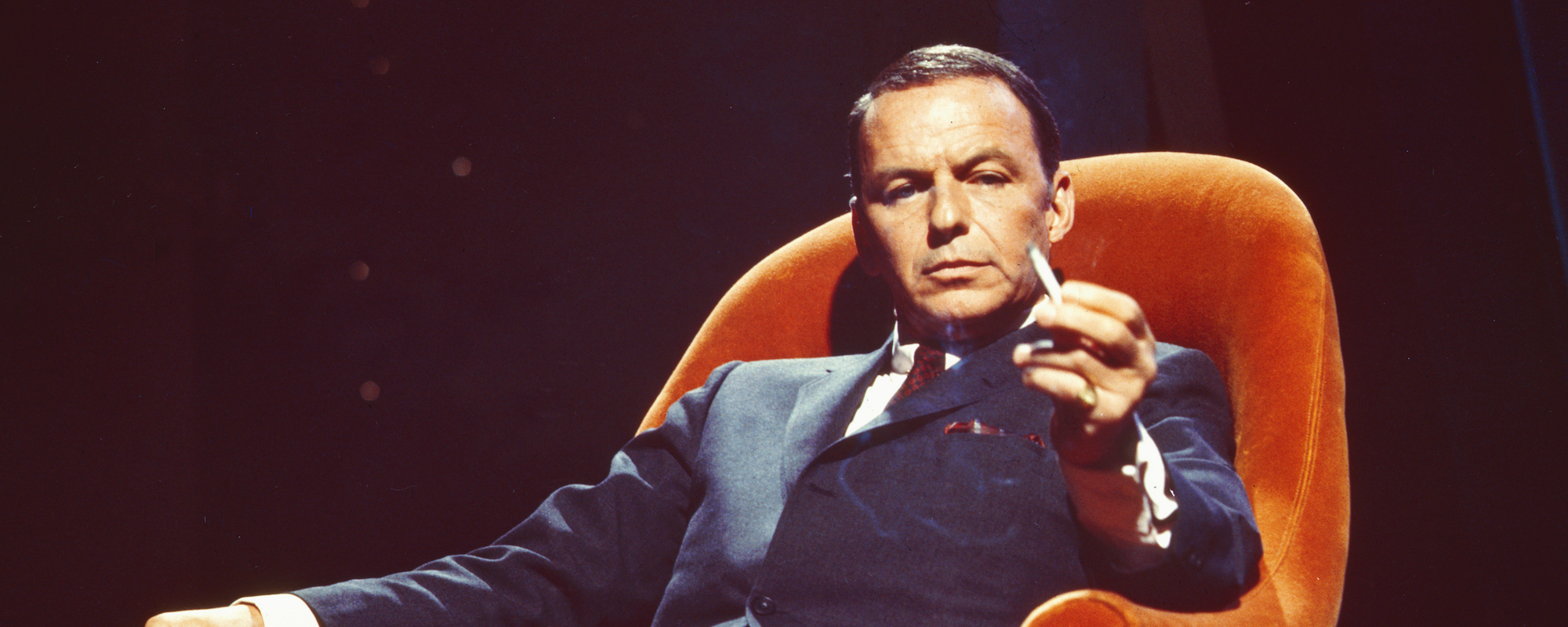
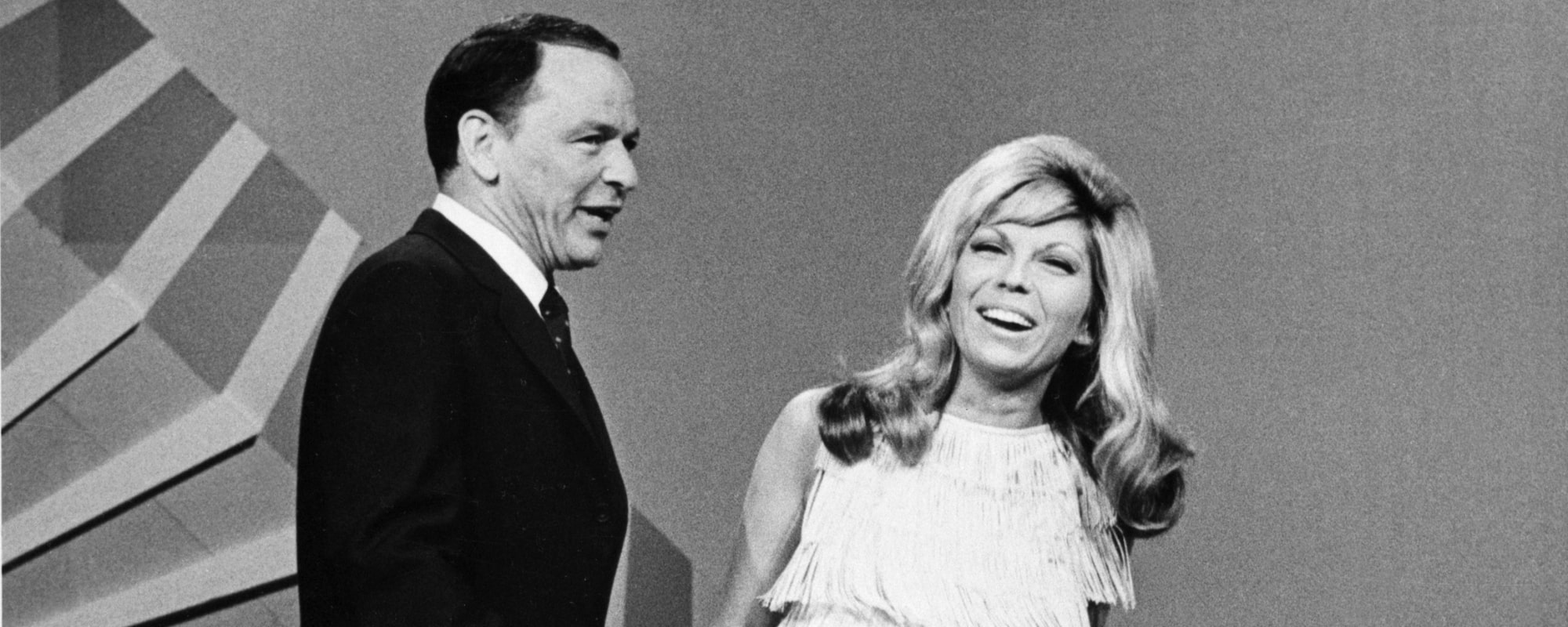
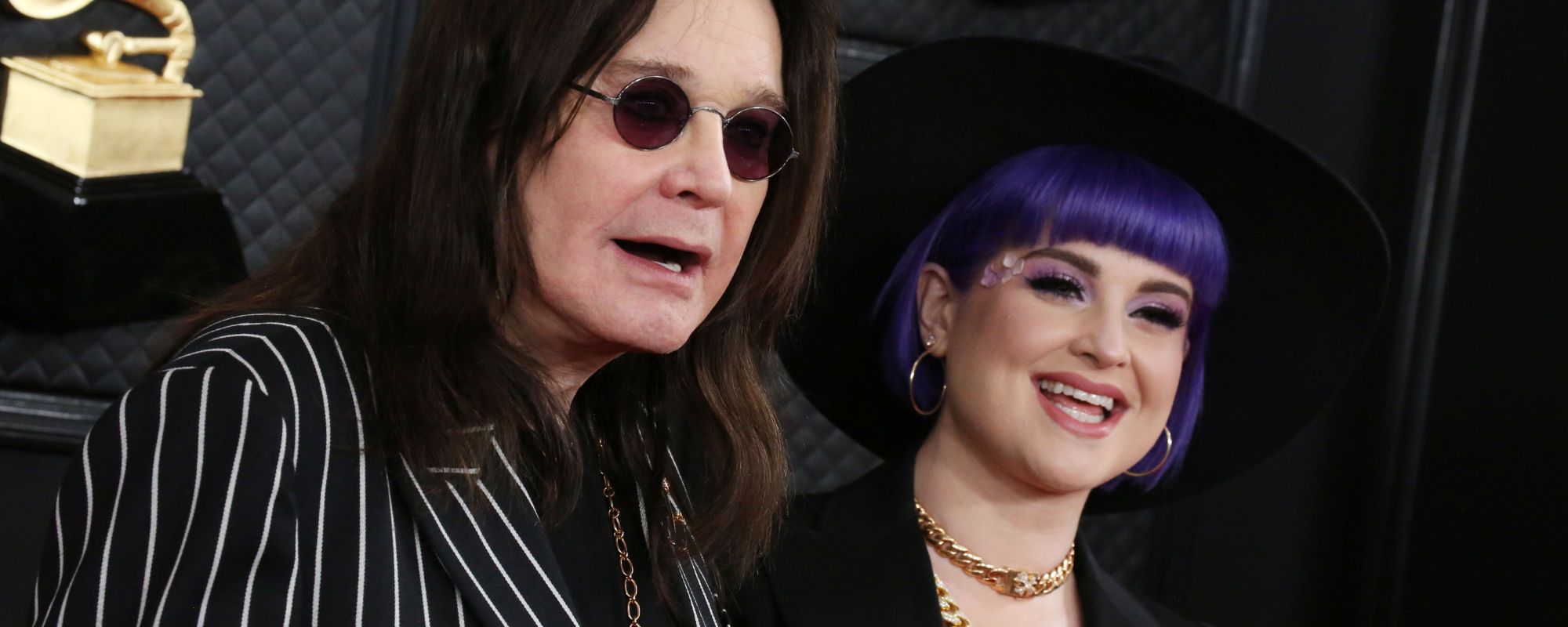
Leave a Reply
Only members can comment. Become a member. Already a member? Log in.